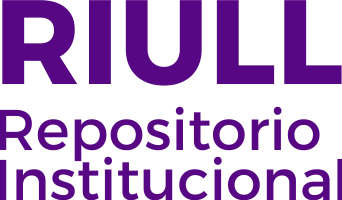Understanding European tourists' use of e-tourism platforms. Analysis of networks
Date
2018Abstract
This paper analyses the use of the main e-tourism platforms by European tourists. A computer-aided Web interview (CAWI) was used to conduct the research in 19 European countries: Germany, Austria, Belgium, Denmark, Spain, Finland, France, Holland, Ireland, Italy, Norway, Poland, Portugal, Russia, Sweden, Switzerland, Luxemburg, Czech Republic, and the United Kingdom. The inal sample consisted of 13,243 tourists. Through the methodology of Social Network Analysis (SNA), the study focuses on detecting key network players (social media, OTAs, etc.) in the e-tourism ecosystem. The network analysis reveals the structural characteristics of the network of networks in the European e-tourism ecosystem: number of platforms (473), centrality degree and betweenness, and the speciic characteristics of the networks by country. The results show an e-tourism network of platforms following a pattern known as core-periphery. Four platforms show a predominant role: Facebook, TripAdvisor, Google, and Booking. These ‘big four’ ego-networks are graphically represented to better understand the e-tourism network. The results also show that diferent networks are formed by country according to the use of e-tourism platforms. This study helps understand in a novel way the behaviour of European tourists when using e-tourism platforms to choose their travel destination. The results obtained are useful for companies and Destination Marketing Organizations (DMOs), understanding how e-tourism platforms are connected in order to design their segmentation and promotion strategy through e-tourism platforms in the European market.





